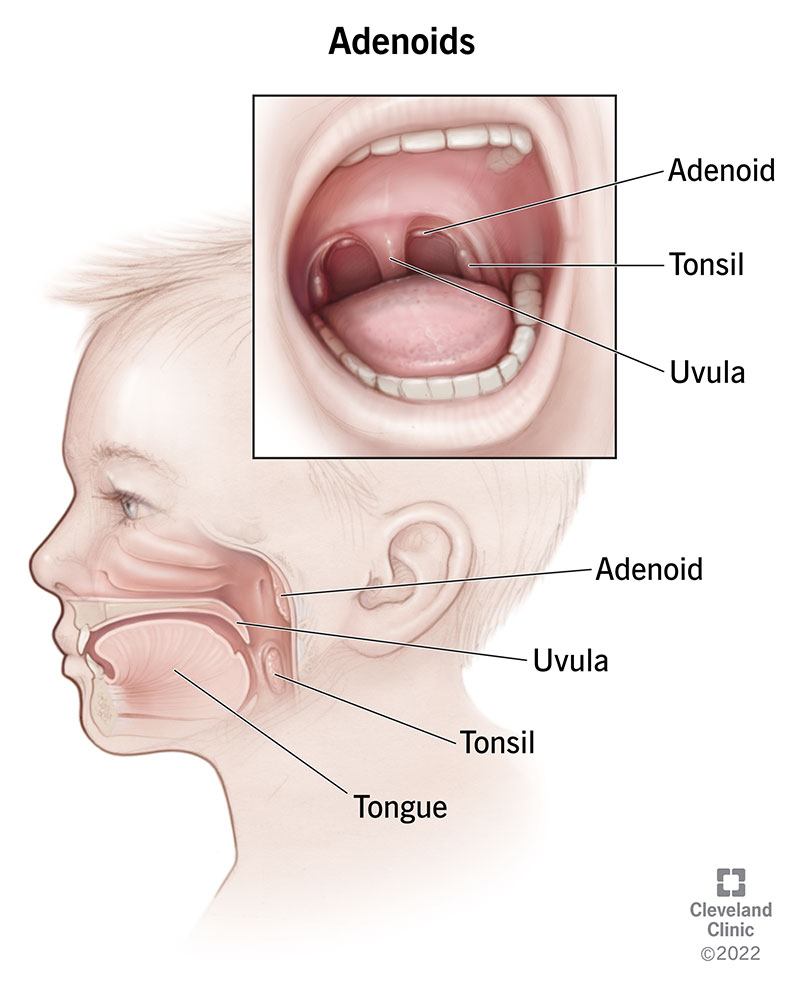Adenoids are glands located at the back of the nose and play a crucial role in immune system
function, particularly during childhood. When these glands become enlarged or infected, it
can lead to various symptoms such as nasal congestion, difficulty breathing, and recurrent
infections. Fortunately, there are several treatment options available to address
adenoid-related issues and improve overall health and quality of life.
-
Diagnosis:
- Initial assessment typically involves a thorough medical history review and
physical examination by a healthcare professional.
- Additional diagnostic tests such as nasal endoscopy or imaging studies like
X-rays or CT scans may be ordered to confirm the diagnosis and assess the
severity of adenoid enlargement.
-
Conservative Management:
- Mild cases of adenoid enlargement may be managed conservatively with symptomatic
treatment.
- This can include over-the-counter medications like nasal decongestants, saline
nasal sprays, and antihistamines to alleviate congestion and improve breathing.
-
Antibiotics:
- If adenoid enlargement is due to bacterial infection, a course of antibiotics
may be prescribed to treat the infection and reduce inflammation.
- It's essential to complete the full course of antibiotics as prescribed by the
healthcare provider to ensure effectiveness and prevent recurrence.
-
Surgical Intervention:
- Adenoidectomy, the surgical removal of the adenoids, is often recommended for
persistent or severe cases of adenoid enlargement.
- This procedure is typically performed under general anesthesia and involves
using specialized instruments to remove the adenoid tissue through the mouth.
- Adenoidectomy is a safe and effective treatment option with a low risk of
complications when performed by a skilled ENT surgeon.
-
Postoperative Care:
- Following adenoidectomy, patients may experience mild discomfort, throat pain,
and difficulty swallowing for a few days.
- Pain management strategies such as over-the-counter pain relievers, throat
lozenges, and a soft diet can help alleviate discomfort during the recovery
period.
- It's essential to follow postoperative instructions provided by the healthcare
team to promote healing and minimize the risk of complications.
-
Follow-up:
- Regular follow-up appointments with the healthcare provider are necessary to
monitor healing progress and ensure optimal outcomes post-adenoidectomy.
- During follow-up visits, any concerns or new symptoms should be discussed with
the healthcare provider for appropriate management.
